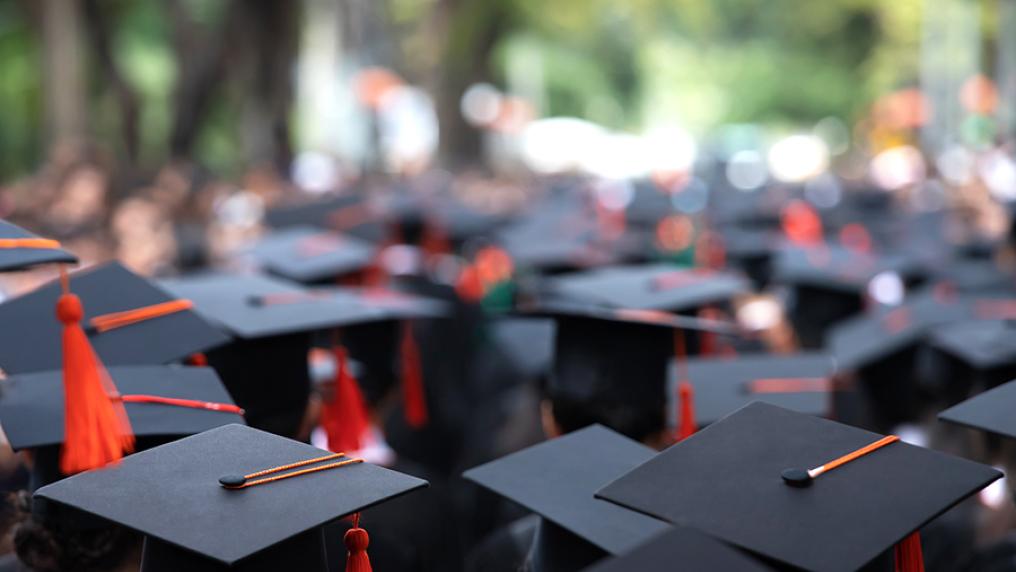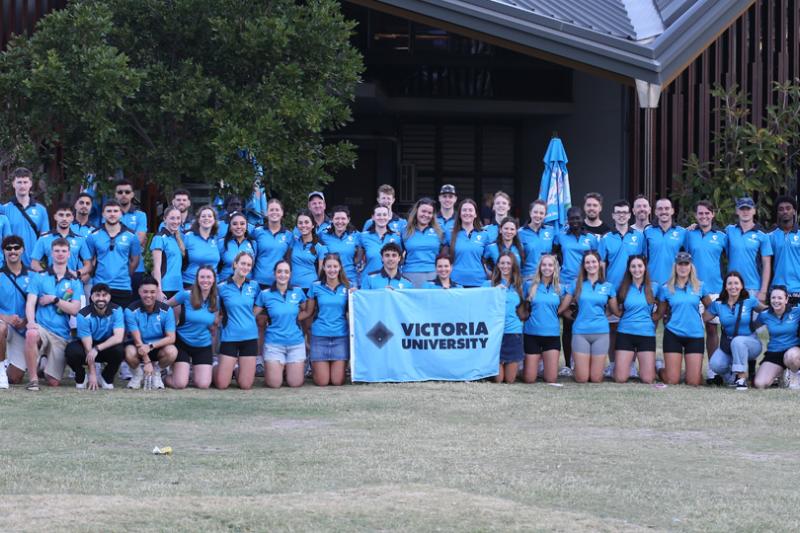How Australia could introduce a cap on international students & protect uni funding

There are more than 850,000 current and former international students living in Australia. This means there are more international students in Australia than people living in Canberra.
While this brings enormous benefits, including A$48 billion per year to the economy, the situation also needs to be managed.
This is part of the reason why the federal government said it would introduce limits on international student numbers in May. There is a bill to introduce the caps before parliament and the changes are due to start in January 2025.
On Tuesday, a Senate inquiry into the caps heard it was “rushed policy”. Universities Australia outlined fears the caps would lead to revenue and job losses. Others in the sector are worried about a hit to Australia’s international reputation. But so far, we have had little detail on how the caps would operate.
In a new Mitchell Institute report, we outline a formula for introducing caps in a way that would direct international students to institutions that also enrol large proportions of domestic students, while maximising the revenue they generate through course fees.
What is happening with international students?
Australia’s international education sector is at a crossroads. It recovered from the pandemic and border closures much quicker than expected.
Faced with a blow-out in net overseas migration, the federal government announced it would introduce caps on the total number of international students just before the budget in May. These caps would apply both to individual institutions and to specific courses.
This follows other countries, like Canada, who have also attempted to rein in the number of international students.
Because of the size and importance of the international education sector, the final formula could have a massive impact on resourcing in Australia’s tertiary education sector. According to Universities Australia, international education supports about 250,000 jobs.
So any major changes will have flow-on effects to tourism, housing and hospitality, along with the industries that rely on employing international students, such as aged care.
But the formula to calculate the caps has not been released.
A formula should do 3 things
Our report says a formula for the caps should do the following:
1. protect the overall value of the international education market. This means focusing on the parts of the sector that bring the most benefits to Australia’s economy, education institutions and broader prosperity
2. protect international students by minimising their exposure to policy changes and encouraging enrolments at institutions who have the means to provide international students with the most support
3. prioritise institutions with significant domestic student enrolments to ensure Australia’s tertiary education system is receiving the most value from international education.
What went into our model
We analysed student data from universities and government sources to model what a formula might look like, along with its impact.
This analysis is an estimate. We do not have the most recent student data for 2023 and we do not have all the information needed to produce exact results, like how much individual vocational providers charge for courses.
But even with further work required to finalise details, the basic approach would remain the same.
Our formula
Based on our analysis, we believe the Australian government should introduce a formula with three characteristics: base + ratio + growth.
A base number of international students
The base amount is the number of international students an institution could enrol up to, regardless of how many domestic students it has.
About 800 higher education and vocational education institutions enrol international students in Australia. Of these, about 150 have more than 500 full-time equivalent international students.
This means, a base number of 500 full-time equivalent international students would mean at least 80% of current providers would not be impacted by our formula.
The ratio of domestic to international students
The ratio refers to the number of domestic students relative to international students above the base amount. For example, this ratio could be 2:1 (for every two domestic students, the institution can enrol one international student), 5:2 (for every five domestic students, up to two international students) or 1:1 (one international student for every one domestic student).
Most universities would currently fall below these ratios and all would fall below the 1:1 ratio.
The ratio should not be a hard cap. Instead, institutions should be able to enrol above their base + ratio amount, based on other criteria. This could include demonstrating they have sufficient student accommodation, which Treasurer Jim Chalmers says is a key requirement of any formula.
The growth allowed for international students
The growth component would allow for increases in international students, so the $48 billion value of international education can continue to grow.
There are two main reasons some institutions could grow international student numbers under a cap regime. First, caps are not a cut to overall student numbers. They are designed to limit the rate of growth. Even within the current net overseas migration targets, there is still room for small growth in overall international students.
Second, some institutions – mostly private vocational colleges – would need to reduce international student numbers as they have virtually no domestic students and would exceed their base + ratio allocation. This will free up enrolments for other institutions (namely universities and TAFEs) to grow, for instance at 5 to 10% per year.
What impact would our formula have?
Our modelling suggests this proposed formula would encourage growth in university courses charging above average fees (more than $28,000 per year). So it would increase the value of the international education industry.
It would also encourage growth at institutions where there are more domestic students. This means the impact of international student caps on domestic students would be minimised.
Those who would lose the most would be private vocational education and training colleges, who often have very few domestic students. We estimate our formula would mean at least 60,000 fewer international students at private vocational colleges. These places could be allocated to other institutions who have a higher proportion of domestic students.
There is a risk caps could result in these private colleges closing. The federal government should provide some funding so that other vocational colleges, like TAFEs, are able to enrol any international student who might be caught out by colleges that suddenly cease operations.
While there would be changes, our formula could bring more stability to the international student sector, that has faced multiple policy changes over the past year and continued uncertainty over how a cap would work.
Find out more about the migration nexus.
This article is republished from The Conversation under a Creative Commons license. Read the original article.
![]()



